DKW was founded in Zschopau in 1919 by Danish engineer Jorgen Rasmussen and built its first motorcycle power unit, a single-cylinder, clip-on engine for bicycle attachment, in 1921. Designed by Hugo Ruppe, this 122cc motor was a two-stroke, and DKW would remain faithful to this engine type from then on, becoming world leaders in two-stroke design in the 1930s thanks to the prescient adoption of the Schnuerle loop-scavenge system. The latter used flat-topped pistons rather than the then-conventional deflector-crown type, relying on carefully angled transfer ports to direct the incoming charge around the cylinder. DKW was Continental Europe’s largest motorcycle maker at this time, manufacturing a huge and diverse range of road bikes during the 1930s, the NZ500 being one of the fastest and most powerful. An air-cooled twin of advanced design featuring swinging-arm rear suspension, the NZ500 employed engine dimensions of 64x76mm bore/stroke (for a capacity of 489cc) and produced 18.5bhp. Representing the pinnacle of pre-war DKW motorcycle design, approximately 4,200 of these rare and desirable models were made between 1939 and 1942, almost all of which were supplied to Hitler’s SS. Fulfilling a boyhood dream, this totally original and unrestored ‘time warp’ DKW NZ500 was acquired by Professor Ehn’s father in December 1970. The Professor’s father used the DKW for a few years before eventually bequeathing it to the Museum, since when it has been kept on display and shown regularly at special exhibitions. A rare find in such original, unmolested condition, the machine is offered with original Austrian Typenschein.
DKW was founded in Zschopau in 1919 by Danish engineer Jorgen Rasmussen and built its first motorcycle power unit, a single-cylinder, clip-on engine for bicycle attachment, in 1921. Designed by Hugo Ruppe, this 122cc motor was a two-stroke, and DKW would remain faithful to this engine type from then on, becoming world leaders in two-stroke design in the 1930s thanks to the prescient adoption of the Schnuerle loop-scavenge system. The latter used flat-topped pistons rather than the then-conventional deflector-crown type, relying on carefully angled transfer ports to direct the incoming charge around the cylinder. DKW was Continental Europe’s largest motorcycle maker at this time, manufacturing a huge and diverse range of road bikes during the 1930s, the NZ500 being one of the fastest and most powerful. An air-cooled twin of advanced design featuring swinging-arm rear suspension, the NZ500 employed engine dimensions of 64x76mm bore/stroke (for a capacity of 489cc) and produced 18.5bhp. Representing the pinnacle of pre-war DKW motorcycle design, approximately 4,200 of these rare and desirable models were made between 1939 and 1942, almost all of which were supplied to Hitler’s SS. Fulfilling a boyhood dream, this totally original and unrestored ‘time warp’ DKW NZ500 was acquired by Professor Ehn’s father in December 1970. The Professor’s father used the DKW for a few years before eventually bequeathing it to the Museum, since when it has been kept on display and shown regularly at special exhibitions. A rare find in such original, unmolested condition, the machine is offered with original Austrian Typenschein.
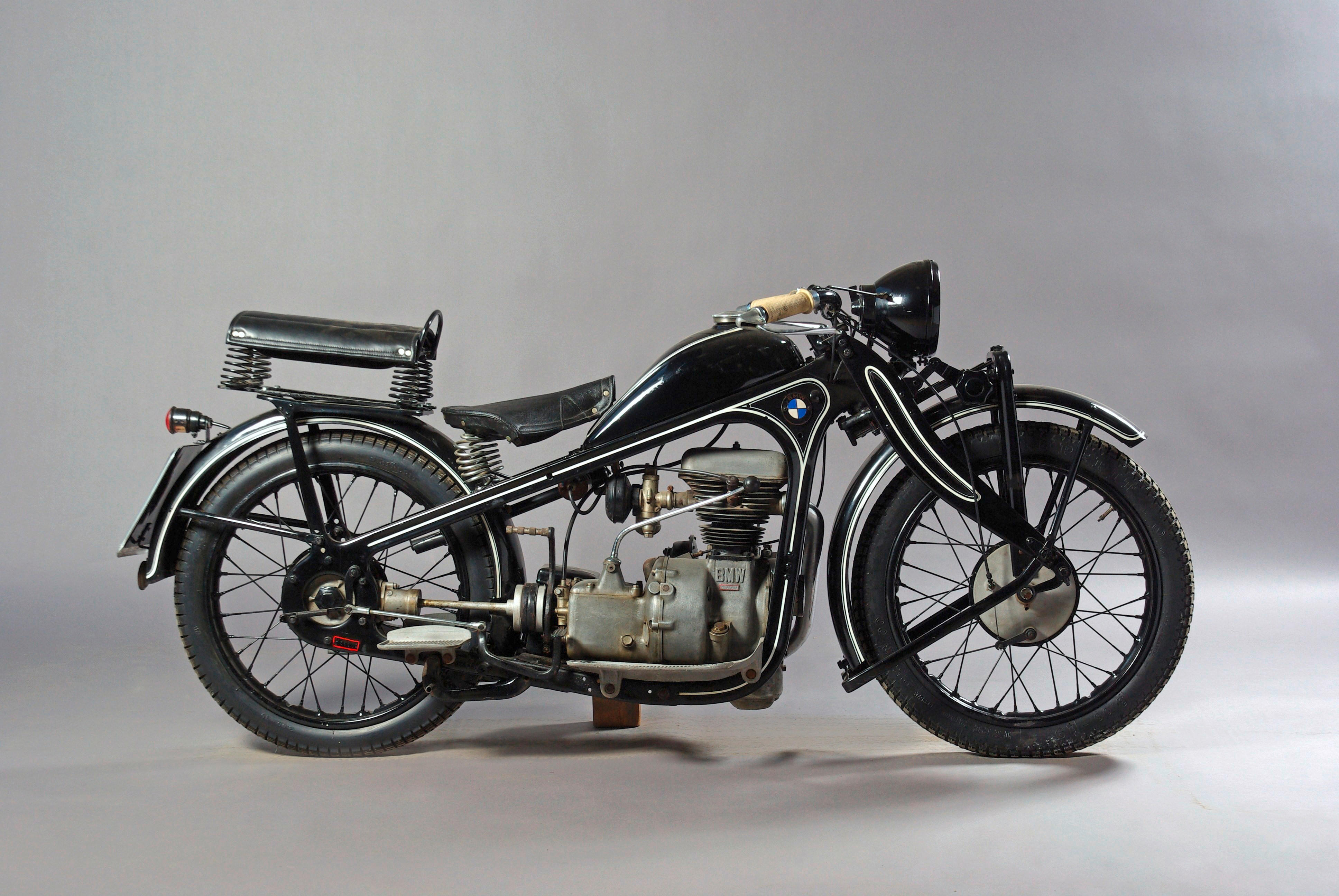
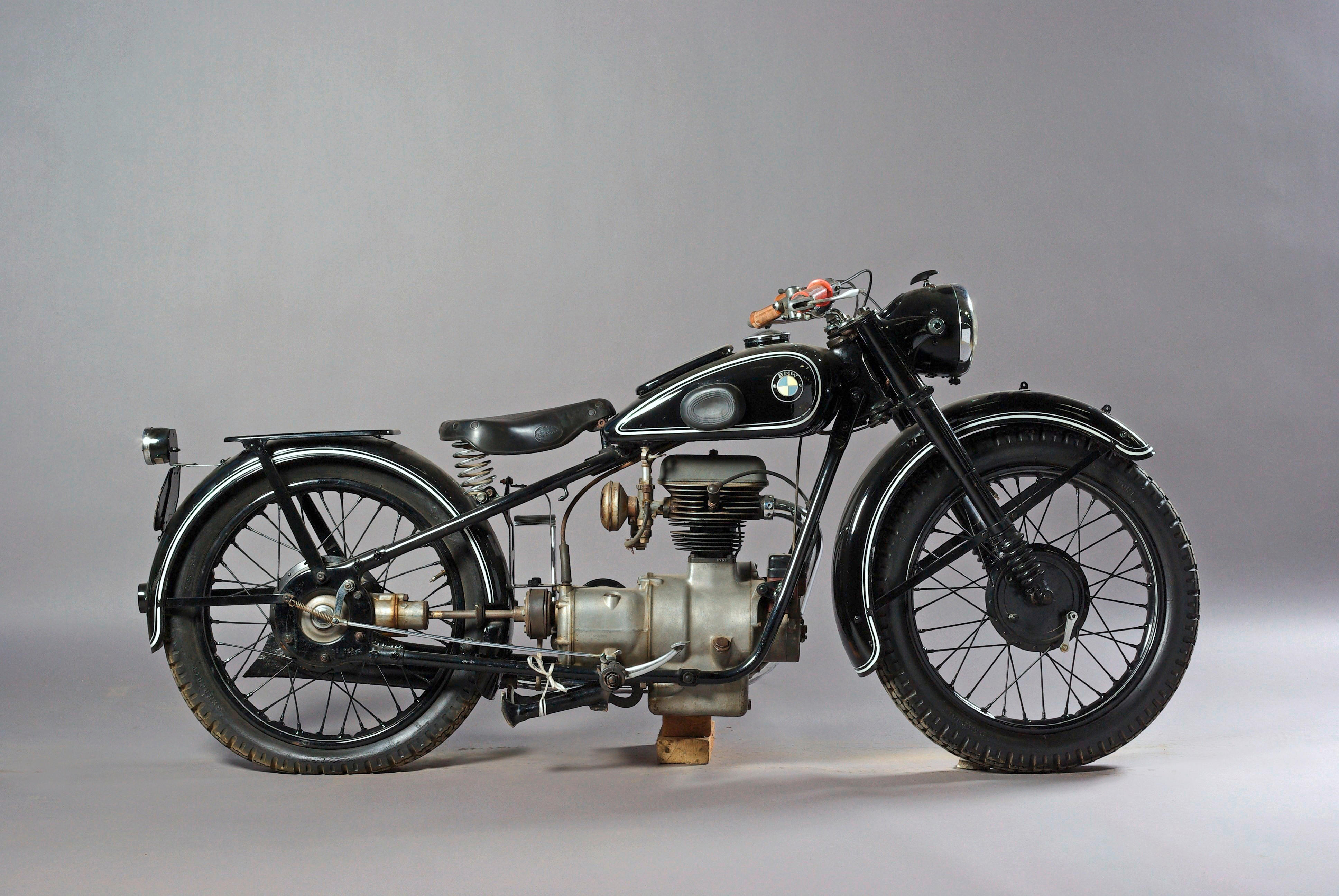
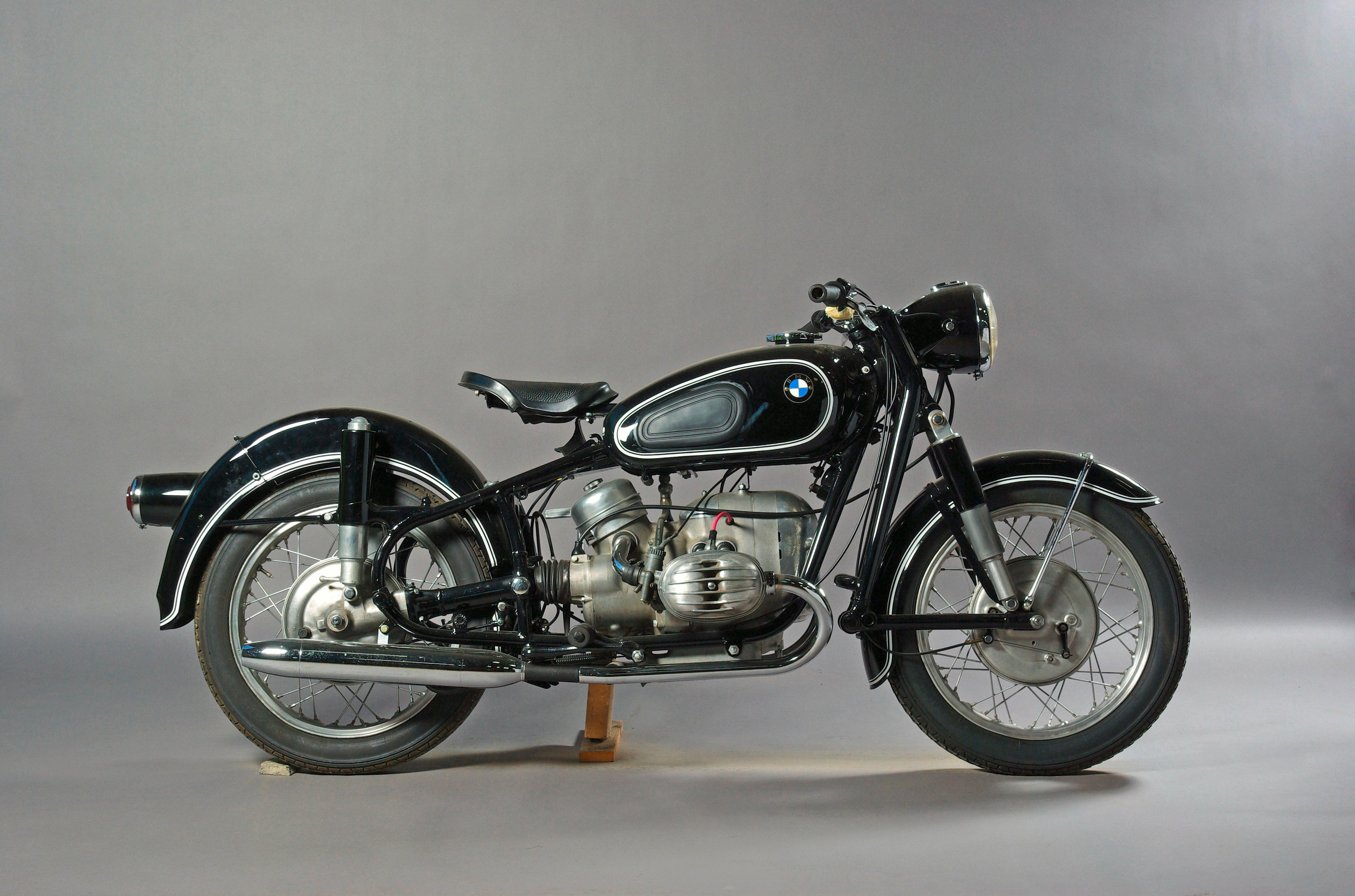


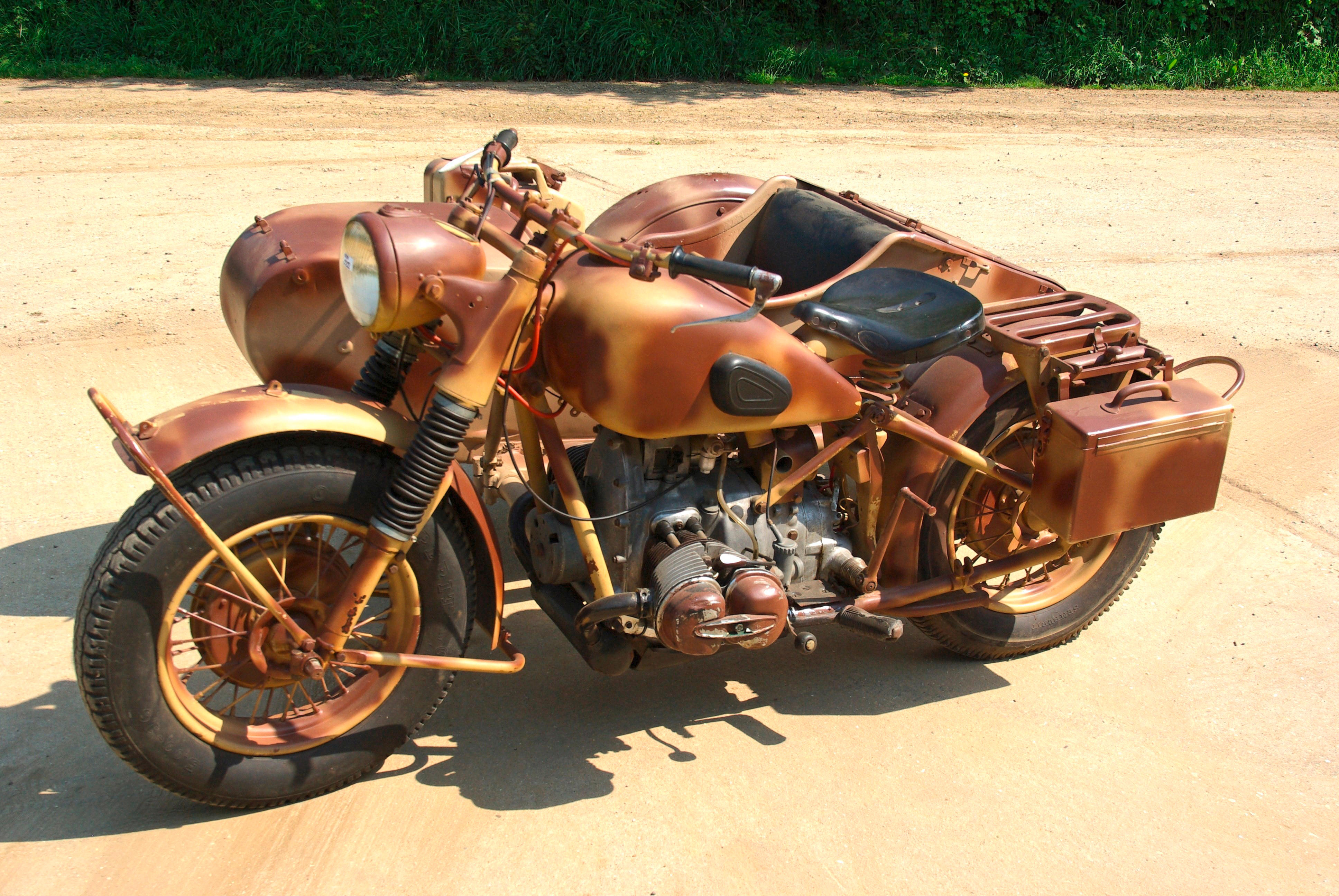


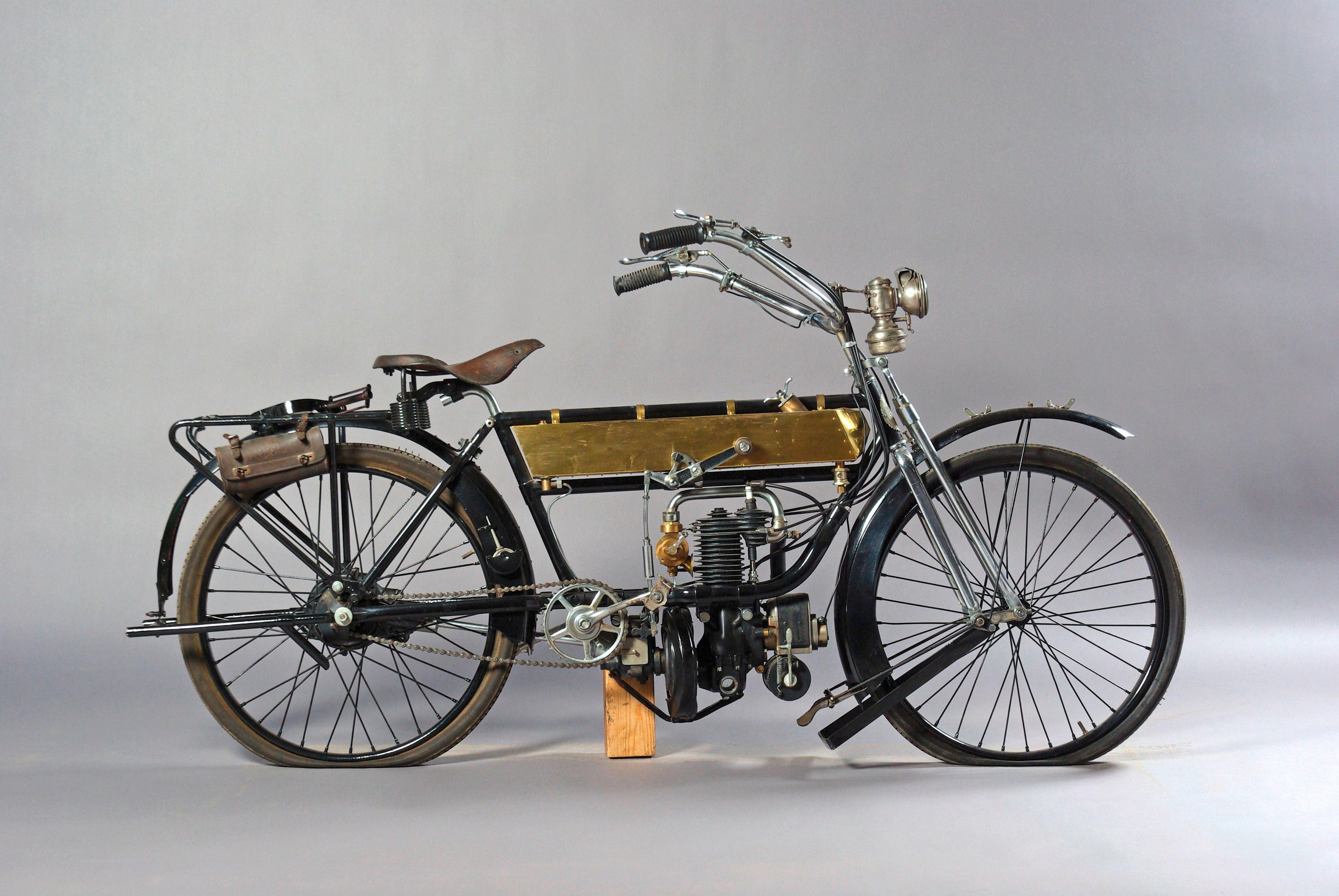


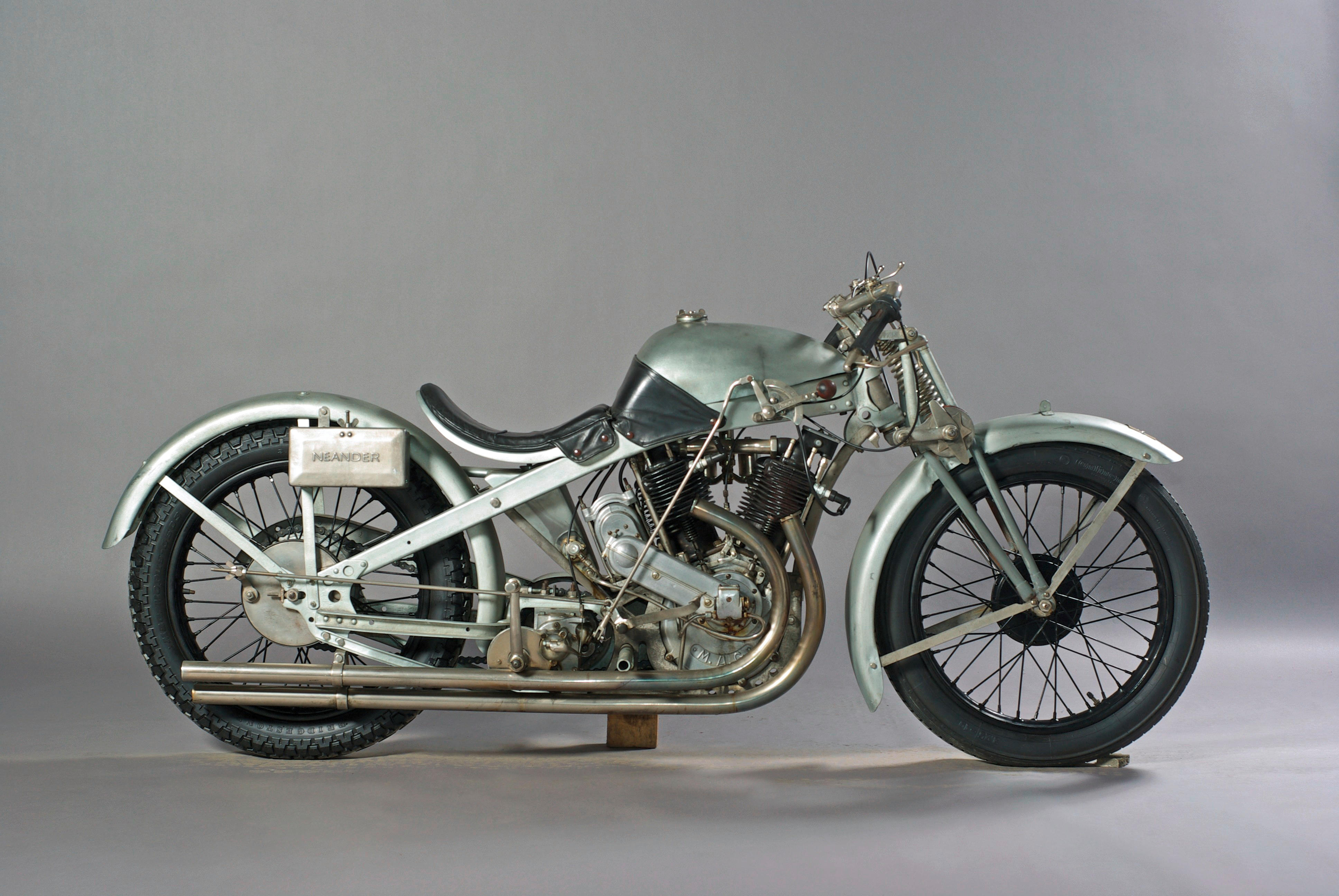



Testen Sie LotSearch und seine Premium-Features 7 Tage - ohne Kosten!
Lassen Sie sich automatisch über neue Objekte in kommenden Auktionen benachrichtigen.
Suchauftrag anlegen